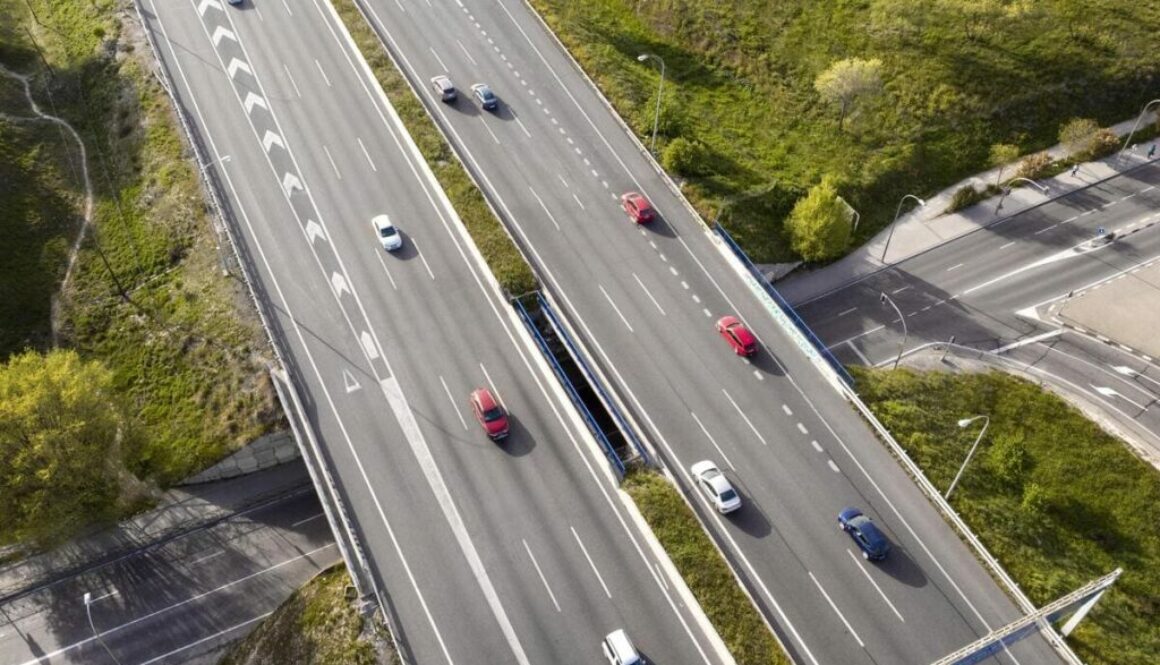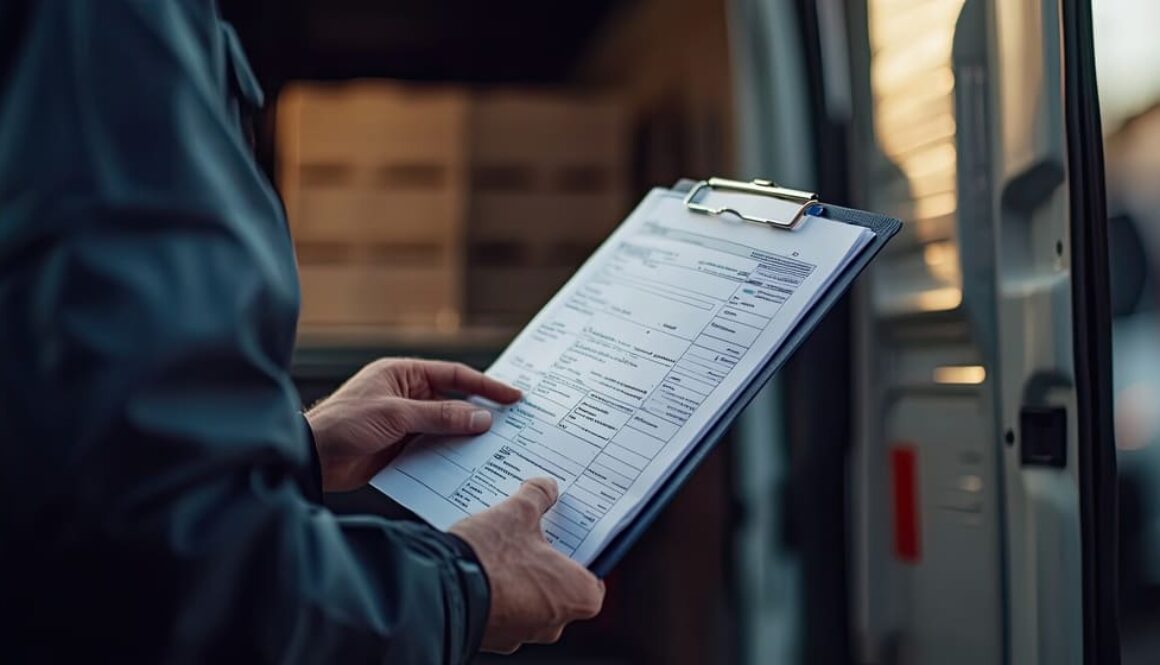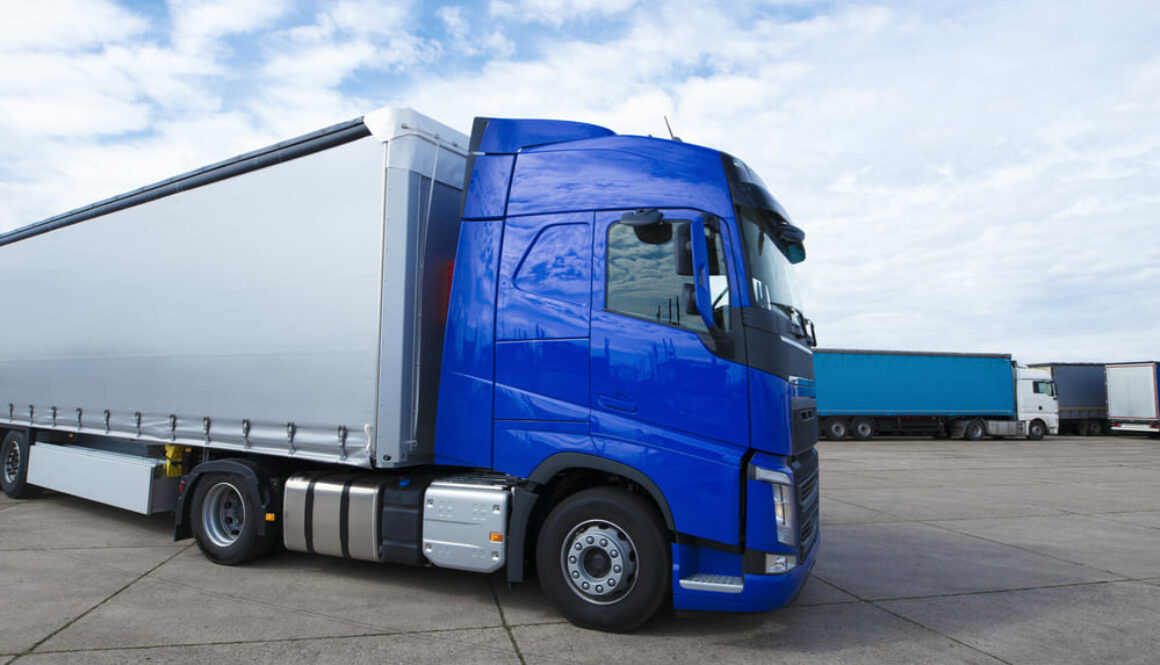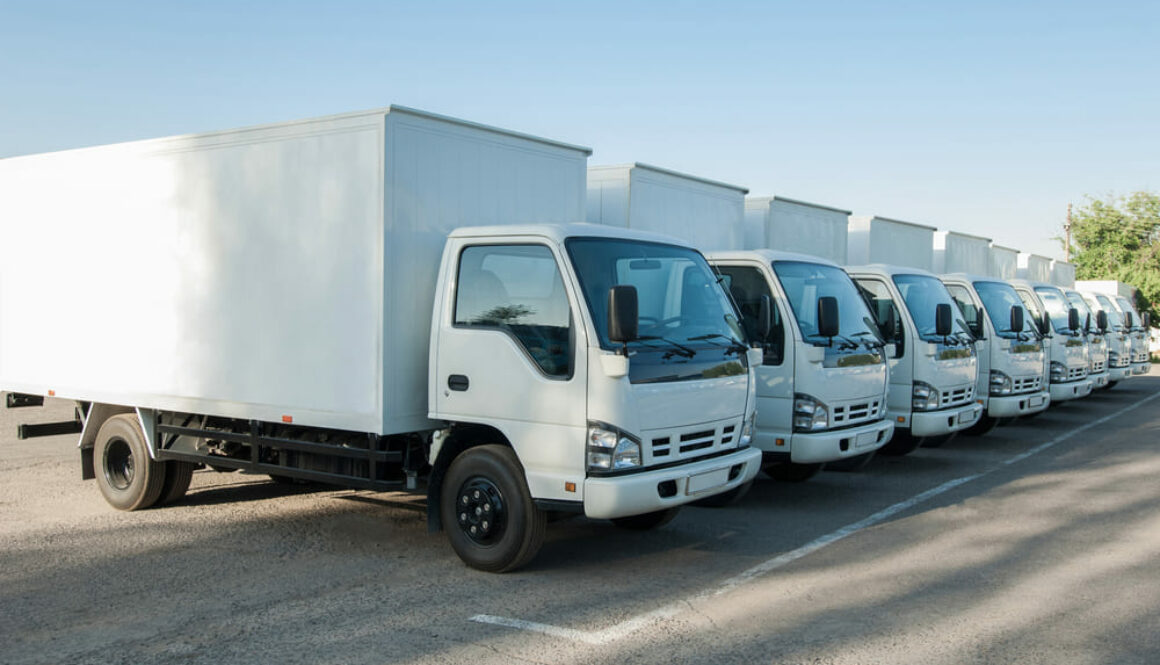What road freight logistics is—and what it includes
Road freight logistics is the set of processes that ensure goods arrive on time, in perfect condition, and at the right cost. It spans route and fleet planning, service selection (FTL, LTL, groupage), documentation (CMR and ADR where required), warehouse coordination (loading windows), real‑time tracking, and incident management.
Day to day, I sum it up like this: plan, execute, communicate, improve. And, honestly, communication is half the job. At Service Forward we practice radical transparency: we explain every decision (route, vehicle, timing, costs) with clarity, because that’s the basis for trust.
Operational pillars:
- Planning: demand forecasting, order consolidation, routes with constraints (ADR tunnels, tolls, LEZ), ETA calculation.
- Execution: truck or rail booking, slot control, packaging and load‑securing checks, documentation ready.
- Control: real‑time tracking, proactive alerts when ETAs drift, incident protocols.
- Improvement: KPI analysis (OTIF, lead time, cost per order) and corrective actions.
Road vs. rail: how to choose
There’s no one‑size‑fits‑all answer: it depends on cargo type, distance, urgency, and budget.
- Road: maximum reach and flexibility. Ideal for urgent FTL, LTL with tight windows, last‑mile, and multi‑stop routes. Cost per km is sensitive to tolls, empty return, and waiting times.
- Rail: economical and stable on long distances and high volumes, lower carbon footprint per tonne‑km. Requires pre‑ and post‑haulage by road and more planning (fixed timetables, terminals).
- Intermodal: blends the best of both when volume and predictability exist; key for sustainability programs.
Our approach is to adapt: if the project needs speed and narrow delivery slots, we go by road; if flows are steady between hubs, we study rail with road at origin/destination. And we share the pros and cons with clarity.
Service types: FTL, LTL, and groupage
- FTL (full truckload): one vehicle for one load. Benefits: speed, fewer handlings, lower damage risk. Recommended for high volume or sensitive goods.
- LTL (less‑than‑truckload): you share a truck with other shippers and pay by space/weight. Great for a few pallets with some flexibility in lead time.
- Groupage: consolidation through a platform; very cost‑efficient but adds transhipments and demands robust packaging.
How to choose: volume (pallets, linear meters), density (kg/m³), fragility, urgency, loading windows, and destination (urban vs. industrial). At Service Forward we offer the best solution for the actual need: if a mixed move is cheaper combining LTL + capillary distribution, we say so—even if FTL would be simpler for us. That honesty prevents surprises.
Impact on cost, lead times, and risk
- Cost: FTL wins when you fill >75% of the vehicle; LTL/groupage shine for partial loads. Drivers: km, tolls, empty return, waiting, extra handling, special equipment (tautliner, reefer, tail‑lift).
- Lead times: FTL is more predictable; LTL/groupage depend on cut‑off times and consolidation routes.
- Risk: every extra handover increases damage probability. Packaging, strapping, and labeling are your best insurance.
Practical tip: calculate cost per delivered unit (€/pallet or €/order), not just €/km. That reveals the true economics.
Operational planning and must‑have documentation
Good planning starts in the warehouse: stable pallets, compatible heights, access (ramp, dock), and realistic timing. Then turn it into a transport plan: schedules, routes, vehicle type, documentation, and owners.
CMR, ADR, and load‑preparation best practices
- CMR (international road consignment note): identifies parties, goods, and conditions. Keep it complete and legible; store a digital copy (eCMR where available).
- ADR (dangerous goods): classifications, packages, signage, vehicle equipment, and driver training. If it doesn’t apply, still check incompatibilities (e.g., liquids vs. electronics).
- Best practices:
- Packaging that withstands at least three handlings.
- Clear labels (address, reference, parcels X/Y).
- Load‑securing checklist: weight distribution, blocking and lashings, edge protection.
- Documents in a visible folder + digital copy.
In our operations we document everything simply and clearly; the customer knows exactly which documents travel, why, and where to access them. That clarity cuts disputes and speeds up billing.
Loading windows, slots, and waiting times
Set realistic windows with the warehouse, include buffers for peaks, and have a plan B for delays. Waiting is a hidden cost: set limits (e.g., 1h included, then surcharges). Communicate it before pickup: another transparency touch that strengthens the relationship.
Tech that actually moves the needle (TMS, GPS, ETA, ePOD)
A TMS centralises orders, rates, carrier assignment, and documents. With GPS/telematics and ETA calculation you trigger early alerts; with ePOD (electronic proof of delivery) you close the loop and kick off invoicing.
What really matters:
- Visibility: tracking shared with the customer.
- Automation: assignment rules and alerts (e.g., “if delay >30 min, notify and propose a new ETA”).
- Data: weekly report with OTIF, utilisation, waiting, claims.
Traceability and proactive customer communication
Traceability without communication is just a map. Our practice: when an ETA drifts, we call first, propose an alternative (new ETA or vehicle swap), and log it in the TMS. That builds trust and reduces incidents. We adapt reporting to each customer profile (ops vs. management), because we adapt to their requirements.
Building rates: cost per km, tolls, and common surcharges
Build your tariff like LEGO:
- Base per kilometre and vehicle type (domestic/international).
- Tolls and fees (by route).
- Backhaul: do you have a load back? If not, prorate.
- Waiting: first hour included; then surcharges per fraction.
- Special equipment: tail‑lift, ADR, reefer, city trailer.
- Access: LEZ, restrictions, shuttles, second delivery attempt.
- Urgent/weekend: percentage uplift.
- Fuel: diesel indexation clause.
Example scenarios (short haul, domestic, international)
- Short urban run (B2B with appointment): few km, lots of waiting and tricky access. The cost driver isn’t km, it’s time and constraints.
- Domestic FTL: km and tolls dominate. Optimise backhaul and schedule to dodge congestion/expensive tolls.
- International LTL: more handling and paperwork; protect packaging and lock hub slots in advance.
Our commitment: before accepting a job, we break down every cost item for the customer in a simple PDF. That transparency prevents surprises and strengthens long‑term relationships.
Last mile B2B vs. B2C: what changes on the road
- B2B: docks, forklifts, trained staff; tighter windows. Punctuality and adherence to customer SOPs matter most.
- B2C: access, lifts, residential areas, LEZ. The delivery experience wins (notifications, re‑attempts, appointment or pickup point).
- Equipment: tail‑lift, pallet truck, smaller vehicles for old‑town areas.
Appointment delivery, access, and urban restrictions
Set reasonable windows, confirm accessibility (height, weight, loading/unloading time), and plan for low‑emission zones. To avoid re‑attempts, we use proactive messaging (SMS/email) with a rescheduling link. Again, clarity = less friction.
Sustainability and intermodal without losing competitiveness
Sustainability isn’t just “green trucks”: it starts with route optimisation, filling vehicles, cutting empty miles, and using intermodal when it makes sense. Measure footprint (t‑CO₂e per order) and publish improvements; many customers request it in RFPs.
Quick wins:
- Smart consolidation: combine compatible orders.
- Off‑peak schedules: fewer jams = lower fuel use.
- Preventive maintenance: tyres, aerodynamics, eco‑driving.
- Rail + last mile road on stable lanes.
Route optimisation and smart consolidation
Use rules (weight/volume/window) and a planner to simulate scenarios. If a consolidation jeopardises OTIF, don’t force it. Sustainability shouldn’t fight service.
KPIs to steer your operation (OTIF, lead time, cost per order)
- OTIF: orders delivered on time and in full / total orders.
- Lead time: from booking to delivery.
- Cost per order and €/km: track trends, not single values.
- Utilisation: linear metres/weight actually used.
- Incident rate: damage, shortages, refusals.
How to read deviations and act before trouble escalates
- If OTIF drops on urban routes: revisit slots, add peak‑hour buffers, and strengthen pre‑delivery comms.
- If cost per order rises: detect waiting and re‑attempts; renegotiate windows or resequence.
- If utilisation is low: push consolidation and review packaging.
Choosing a 3PL/4PL and setting service‑level agreements
Choose a partner for adaptability and transparency (we walk the talk). Ask for:
- Real coverage on your origins/destinations.
- TMS with shared visibility and ePOD.
- Incident and escalation protocols.
- Periodic reporting with KPIs and actions.
Evaluation checklist and key clauses
- SLA with OTIF metrics, delivery windows, response times, and fair penalties.
- Clear rate card with waiting, re‑attempts, access, and fuel conditions.
- Insurance and liability limits explained in plain English.
- Business continuity plan (peaks, substitutions, breakdowns).
- Governance: QBRs and a continuous‑improvement roadmap.
FAQs
How do I calculate a realistic cost per km?
Start with a base rate by vehicle type and add tolls, waiting, backhaul, and fuel. Then divide by pallets/orders to see €/unit.
FTL, LTL, or groupage?
If you fill >75% of the truck or you’re in a hurry, go FTL. If you can wait and ship 1–6 pallets, LTL/groupage may optimise.
What documents do I need for international?
Full CMR, invoice, and packing list; ADR if applicable. Digital copies and cloud access speed everything up.
Conclusion
Road freight works when you plan well, execute with visibility, and communicate in time. At Service Forward we do it with transparency, real adaptation to each need, and clarity in every proposal. That’s how we build trust and results.








